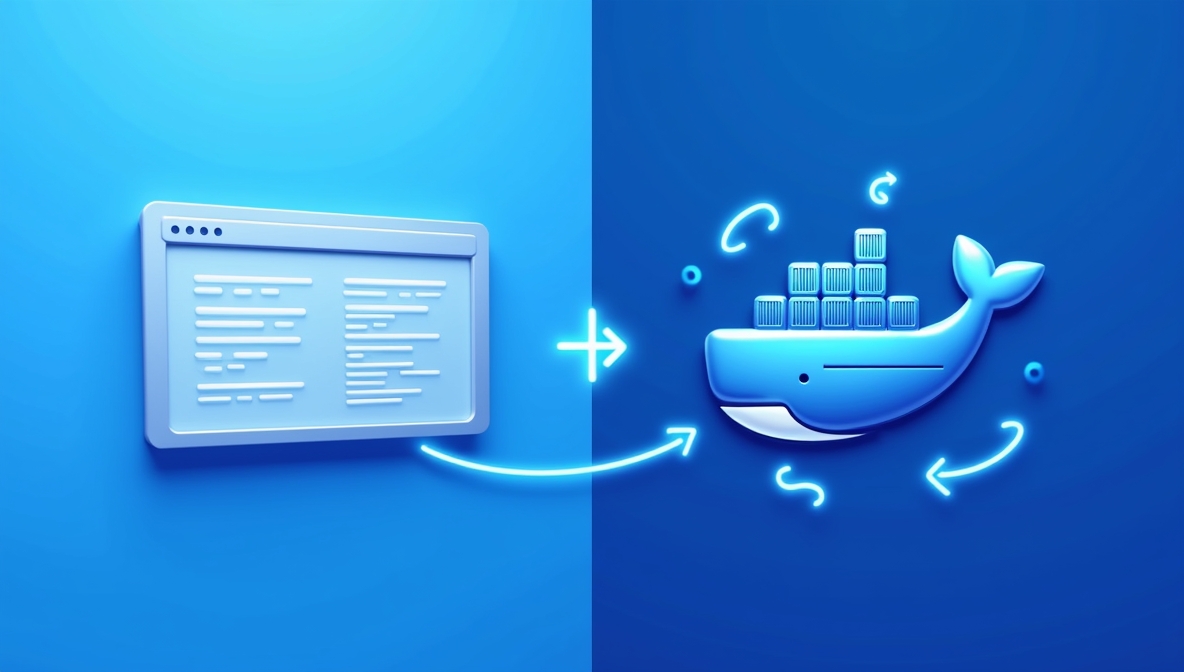How to Run Docker in Google Colab? | OpsNexa Guide for Cloud Innovators
The world of development is moving rapidly toward cloud-first environments—and at OpsNexa, we are passionate about making sure you stay two steps ahead.
Imagine combining the powerful capabilities of Docker with the free, GPU-backed infrastructure of Google Colab. Exciting, right?
If you’ve ever wondered “how to run Docker in Google Colab?”, you’re in for a game-changing tutorial.
This guide will show you how to break traditional boundaries and run containerized applications in Colab effortlessly.
Let’s make it happen 🚀.
Why Run Docker in Google Colab?
Before we dive into the “how,” let’s talk about the “why.”
Running Docker containers in Google Colab can:
-
Allow you to leverage GPU/TPU resources for containerized applications—for FREE.
-
Enable rapid prototyping without local setup headaches.
-
Create reproducible experiments in a truly serverless environment.
-
Give you access to isolated environments, perfect for testing microservices, ML models, and apps.
At OpsNexa, we believe in unleashing creativity without infrastructure limits.
Is Docker Natively Supported on Google Colab?
Here’s the reality:
Google Colab does not support Docker natively.
Since Colab is a managed environment with user restrictions (no root access), you can’t install Docker directly the way you would on Ubuntu or your local machine.
But innovators don’t stop at limits.
We use workarounds. And that’s where virtualization and lightweight container tools come in.
✅ Solution: Use tools like docker-in-docker, ngrok, or Cloud SSH tunneling to access Docker remotely or emulate it inside Colab.
Practical Ways to Run Docker with Google Colab
Let’s look at a couple of ways to make it happen:
Method 1: Using a Remote Docker Server
The cleanest approach is to connect Colab to a remote Docker daemon.
You set up a Docker server (on a VM, GCP, AWS, or your local machine), then tunnel into it via ngrok or direct SSH.
Step-by-Step:
-
Set Up a Remote Server with Docker Installed
-
Spin up a lightweight Ubuntu VM (even a small one works).
-
Install Docker (follow our Docker installation guide).
-
-
Install ngrok on Colab Inside your Colab notebook:
-
Authenticate ngrok
(Get your free auth token from ngrok.com).
-
Create an SSH Tunnel to Your Docker Server
-
Connect to Docker Engine Remotely
In your Colab notebook:
Replace
user@hostnamewith your remote server SSH details.
Method 2: Use Lightweight Containers with Podman or Buildah
Another hack is using Podman, a daemonless container engine, which can work inside user spaces (sometimes installable in Colab).
It’s experimental but can be a fun workaround!
You can create and manage containers similarly to Docker, even without needing a root daemon.
Bonus: Run Docker Locally and Connect Colab to It
If setting up a cloud VM is overkill, you can even:
-
Run Docker on your local machine.
-
Use SSH tunneling or expose ports securely via ngrok.
-
Connect your Colab session to this local Docker engine for quick tests.
It’s a hybrid setup but can be incredibly powerful for small teams and fast demos.
Challenges You May Face
Running Docker in Colab isn’t exactly plug-and-play. Be aware of:
-
Latency if using tunnels like ngrok.
-
Security risks—make sure only you can access your exposed Docker Daemon.
-
Temporary Environments—Colab resets every 12 hours, so setups aren’t persistent.
At OpsNexa, we recommend moving heavy production tasks into managed cloud Kubernetes clusters once prototypes are validated.
Why Trust OpsNexa for Your Cloud Innovation?
We’re not just about “running code” — we’re about designing future-ready infrastructures.
When you work with OpsNexa, you get:
-
Real-World Solutions: Practical ways to bridge the gaps between new tech and business needs.
-
Cloud-Native Expertise: From Docker to Kubernetes to hybrid multi-cloud.
-
Security Focused Design: We harden everything—from your SSH tunnels to your cloud environments.
-
Performance-First Approach: Helping you optimize speed, uptime, and scalability.
Running Docker in Colab might be a clever hack—but OpsNexa helps you transform clever hacks into enterprise-grade solutions.
Conclusion
Even though Google Colab doesn’t support native Docker installations, there are creative workarounds to run Dockerized workloads—using remote Docker engines, tunnels, and lightweight container tools.
Docker + Colab = innovation without boundaries.
And with OpsNexa by your side, there’s no limit to what you can build next.
Ready to unlock the next level of cloud-native development?
[Connect with OpsNexa today] — let’s make your vision unstoppable.
You can also Contact OpsNexa for Devops architect and devops hiring solutions.



